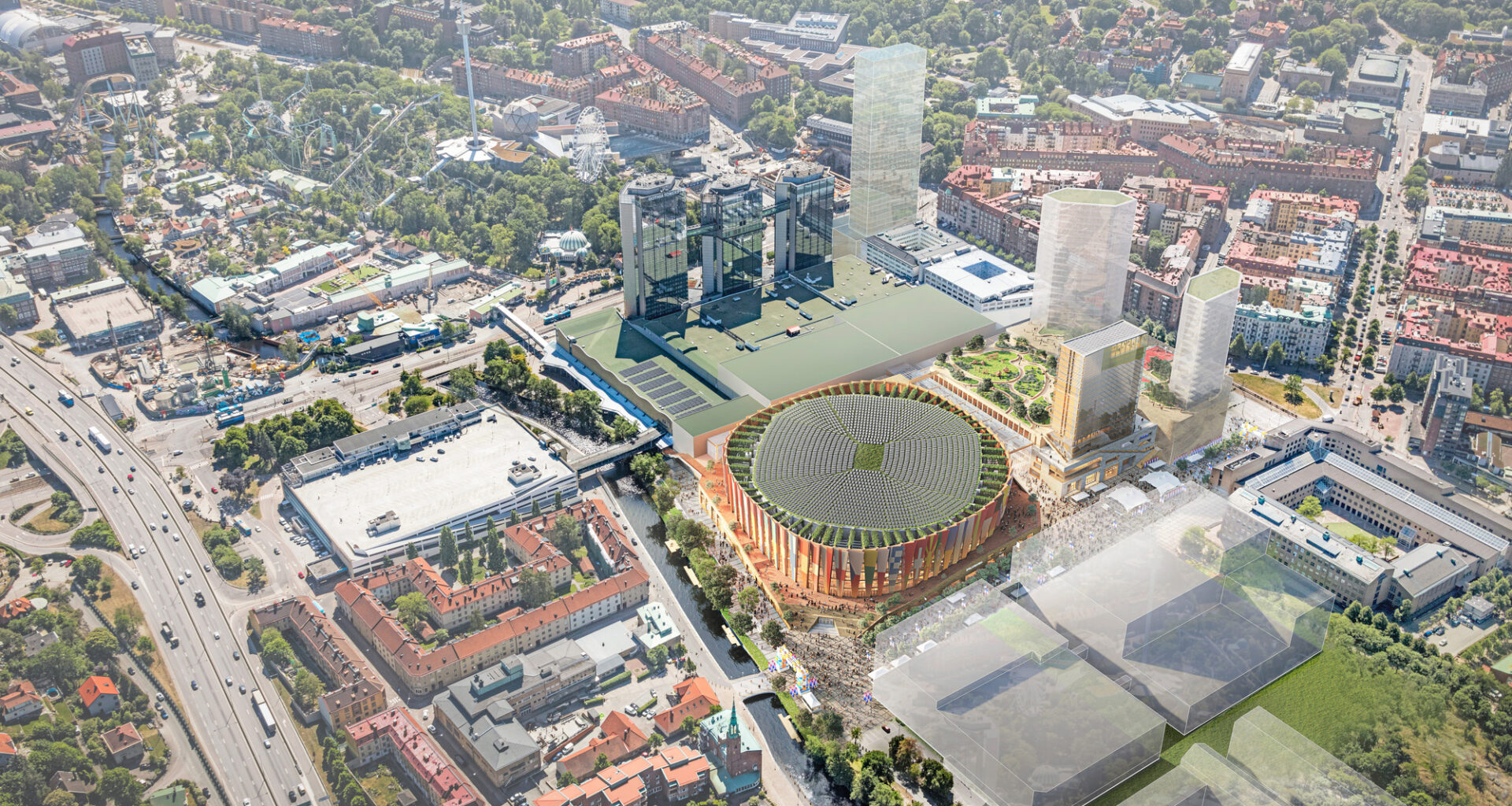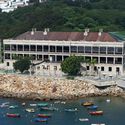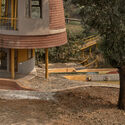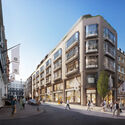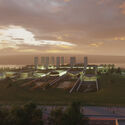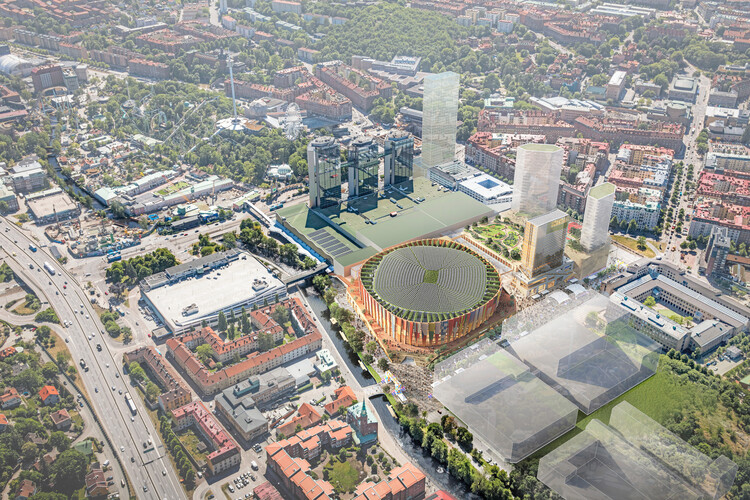 Gothenburg’s New Arena Quarter. Image Courtesy of White Arkitekter
Gothenburg’s New Arena Quarter. Image Courtesy of White Arkitekter
Share
Or
https://www.archdaily.com/1034894/rising-architectural-voices-and-new-commissions-the-weeks-review
This week, architectural conversations were shaped by themes of resilience, equity, and cultural relevance, brought into focus by World Architecture Day. Across global contexts, the discipline continues to expand its understanding of strength, not only as structural endurance but as a framework for inclusive, adaptable, and environmentally conscious design. From strategies for gender-equitable public space to new commissions grounded in memory and reconciliation, recent developments reflect how architecture is increasingly positioned as a tool for social engagement and long-term stewardship in the face of ongoing global challenges.
Design for Strength: Rethinking Resilience and Equity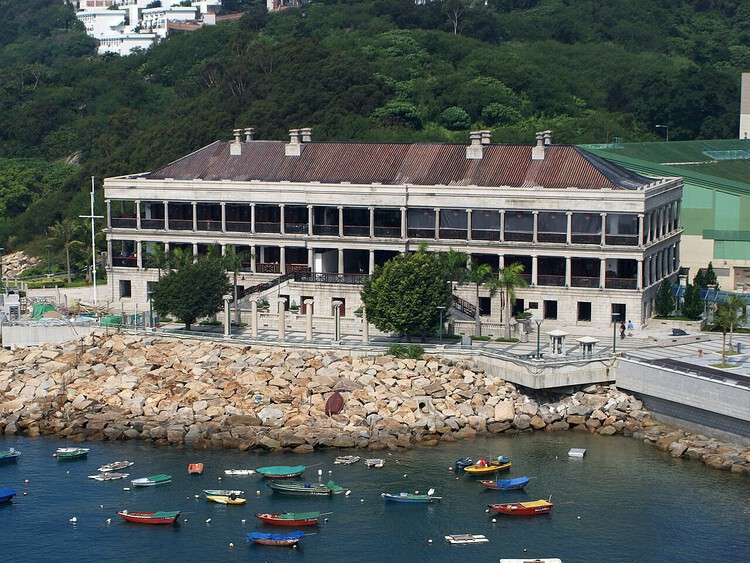 Stanley Murray House. Image © Hankt via Wikipedia under license CC BY 3.0
Stanley Murray House. Image © Hankt via Wikipedia under license CC BY 3.0
This year’s World Architecture Day, celebrated on the first Monday of October, centered on the International Union of Architects’ (UIA) theme “Design for Strength.” In a period marked by environmental and social disruptions, the theme invites architects to envision resilience beyond structural endurance. It calls for an approach that integrates ecological balance, cultural continuity, and social equity as vital dimensions of strength. Rather than equating durability with rigidity, this perspective imagines adaptable cities and long-lived structures capable of sustaining communities through crisis and transformation, architecture as a medium of care, not only of construction.
Related Article Bridging Past and Future: Uzbekistan’s Expanding Cultural Landscape 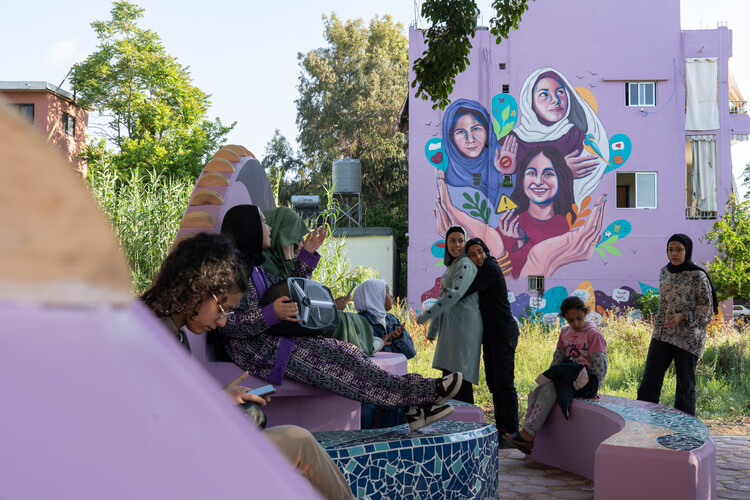 Adolescent Girls Co-Design and Build their Public Spaces in Beirut June 2024. Image Courtesy of CatalyticAction
Adolescent Girls Co-Design and Build their Public Spaces in Beirut June 2024. Image Courtesy of CatalyticAction
This broader understanding of strength resonates with ongoing initiatives promoting equity in the built environment. The London-based charity Make Space for Girls launched a new three-year strategy to advance gender-inclusive design in public spaces and parks across the United Kingdom. Addressing the underrepresentation of teenage girls in spatial planning, the organization combines research, advocacy, and collaboration with local councils.
Recognitions and Emerging Voices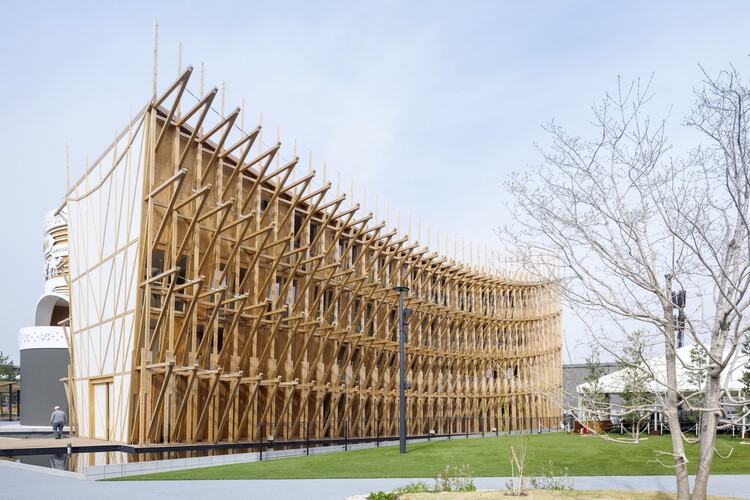 Anatomy of a Dhow, Bahrain Pavilion Osaka Expo 2025 / Lina Ghotmeh Architecture. Image © Iwan Baan
Anatomy of a Dhow, Bahrain Pavilion Osaka Expo 2025 / Lina Ghotmeh Architecture. Image © Iwan Baan
This week celebrated architectural innovation and leadership through international recognitions that highlight architecture’s evolving cultural role. Lina Ghotmeh, the French-Lebanese architect renowned for her materially sensitive and context-driven practice, was named to the TIME100 Next 2025 list as one of the world’s most influential rising stars, and the only architect featured. Described by Danish architect Bjarke Ingels as balancing “history and experimentation,” Ghotmeh’s portfolio spans from the Serpentine Pavilion 2023 in London to the Hermès Workshop in Normandy and the Bahrain Pavilion for Expo 2025 Osaka, embodying architecture that is both grounded and forward-looking.
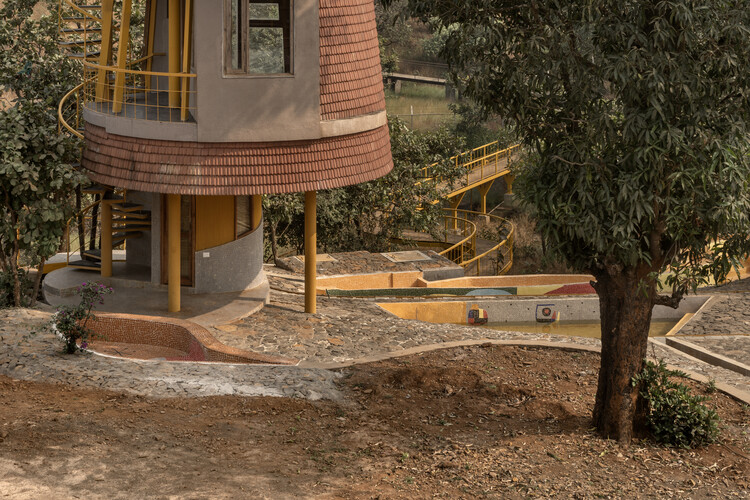 Sparsh, ReSa Architects. Image © Abhishek Sawant
Sparsh, ReSa Architects. Image © Abhishek Sawant
At the Lisbon Architecture Triennale, the Début Award 2025 was presented to ReSa Architects, an Indian collective exploring architecture as a performative and social process. Their work challenges static definitions of site by treating space as an evolving “situation,” expanding architecture’s disciplinary and cultural boundaries. The Triennale also honored Yasmeen Lari of Pakistan with the Lifetime Achievement Award, recognizing her pioneering approach to socially and climate-resilient architecture. Lari becomes the first laureate from the Global South, joining a lineage of recipients that includes Marina Tabassum and Lacaton & Vassal.
On The Radar Construction of Mixed-Use Development by Foster + Partners in Mayfair Is Underway 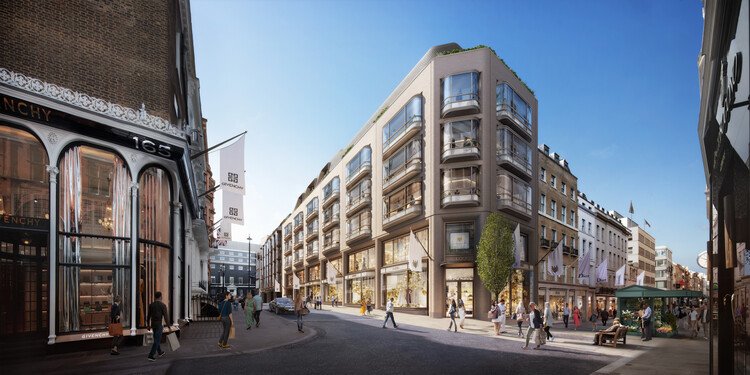 Grafton Stree. Image © DBOX for Foster + Partners
Grafton Stree. Image © DBOX for Foster + Partners
Construction has begun on a new mixed-use development by Foster + Partners at the intersection of New Bond Street and Grafton Street in Mayfair. Developed by O&H, the project introduces premium retail and flexible office spaces that respect the district’s historic fabric. The facade composition draws from local craftsmanship traditions, combining profiled artisan brick with bronze-framed vitrines and cantilevered bay windows for natural ventilation. Retail areas occupy the lower levels, while the upper floors offer adaptable workspace. A landscaped terrace crowns the setback fifth floor, with a zinc-clad roof integrating photovoltaic panels and mansard windows framing views toward Piccadilly.
White Arkitekter Wins Competition to Design Gothenburg‘s New Arena Quarter 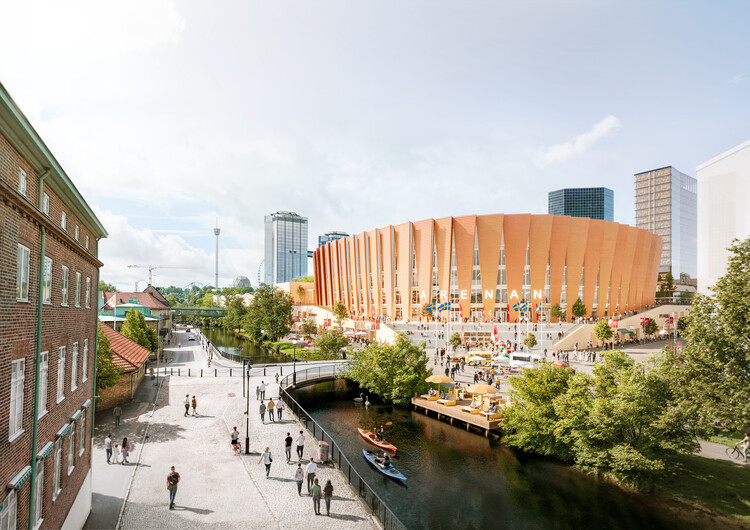 Gothenburg’s New Arena Quarter. Image Courtesy of White Arkitekter
Gothenburg’s New Arena Quarter. Image Courtesy of White Arkitekter
White Arkitekter has been selected to design Gothenburg‘s new Arena Quarter, a major urban development redefining the city’s cultural and entertainment hub. The scheme replaces the historic Scandinavium arena and introduces a new multipurpose venue, a smaller Annexet arena, a training rink, a hotel, and active street-level spaces. Designed with Arup, Allies & Morrison, Stadia Design, and Sweco, the proposal emphasizes connectivity between large-scale event spaces and everyday urban life. Two new public squares and a park strengthen links between Sankt Sigfrids plan and Götaplatsen.
Adjaye Associates Selected to Design Rwanda‘s Isōko Centre for Humanity 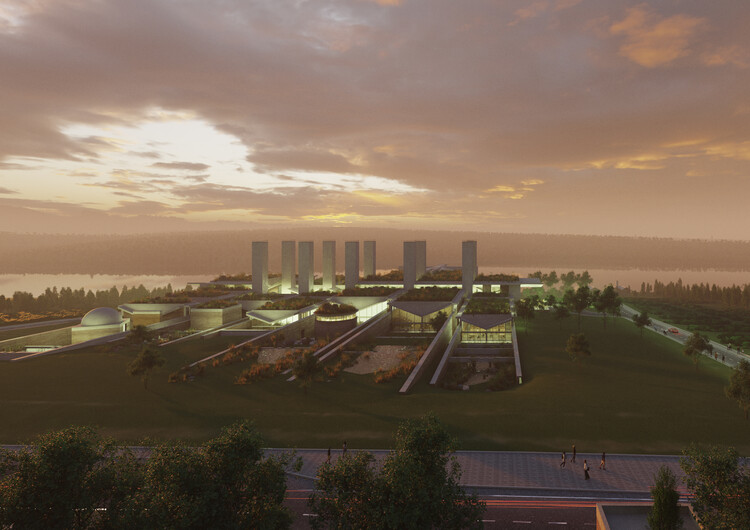 Isoko Centre for Humanity render. Image © Adjaye Associates
Isoko Centre for Humanity render. Image © Adjaye Associates
Adjaye Associates has been appointed to design the Isōko Centre for Humanity in Bugesera, Rwanda, a landmark initiative by the Aegis Trust dedicated to memory, peacebuilding, and education. Envisioned as a global hub for preventing atrocities and promoting reconciliation, the project reflects Rwanda‘s journey from genocide to healing. Highlighted at the Clinton Global Initiative, the Centre will train future peace leaders and foster intercultural understanding. Led by David Adjaye, the design aspires to create a space where lessons from the past inspire collective renewal. The project aims to mark a significant step in establishing an enduring architectural symbol of remembrance and hope.
This article is part of our new Weekly Recap series, bringing together featured articles this week and emerging stories shaping the conversation right now. Explore more architecture news, projects, and insights on ArchDaily.

